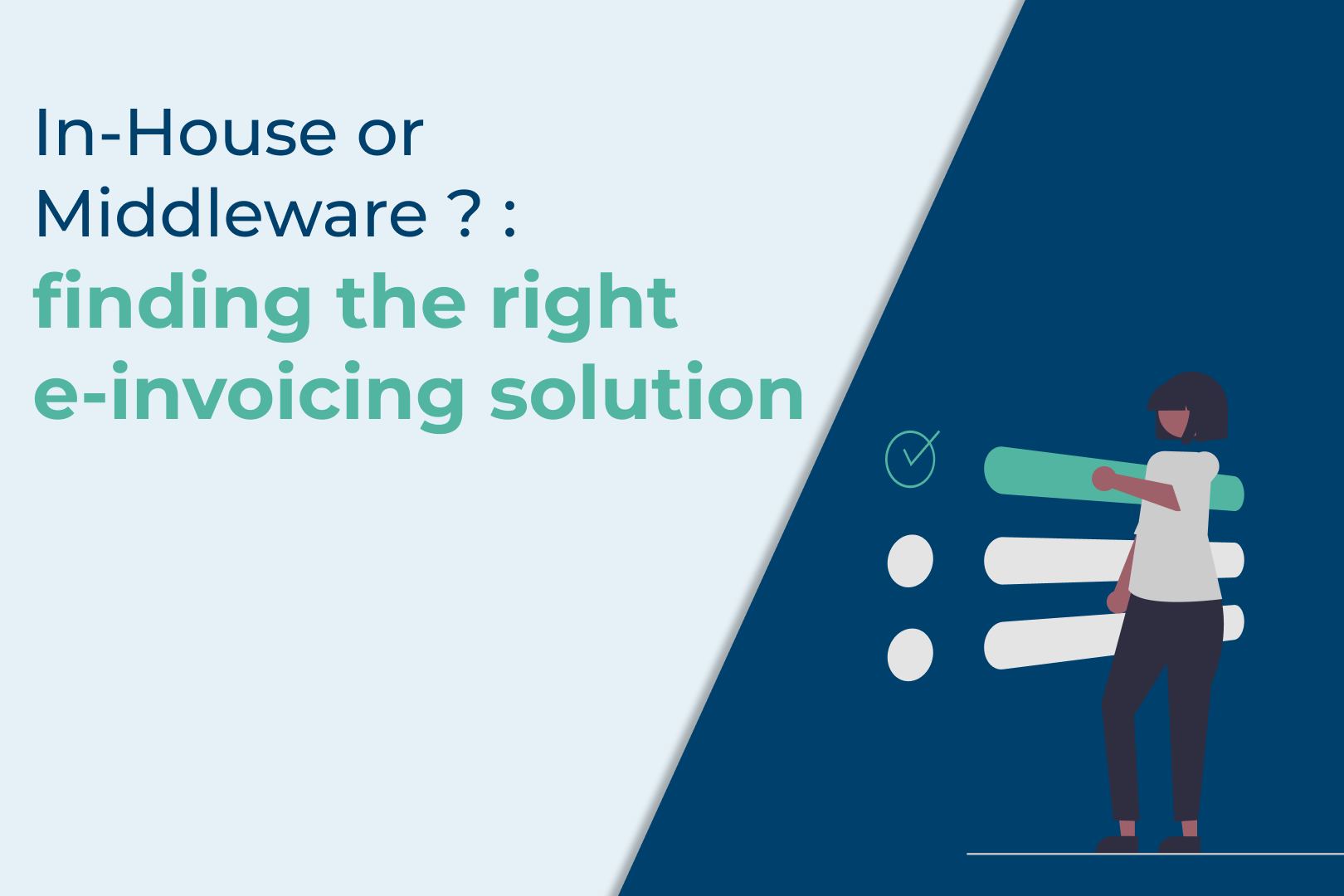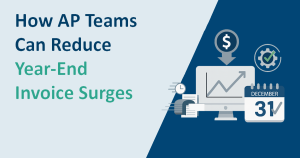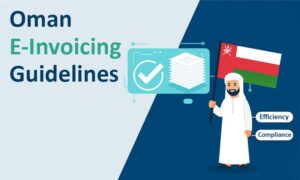In our earlier blog posts, we delved into the feasible methods of e-invoicing transmission outlined by the IRBM. This blog provides basic insights into assessing your organization’s readiness, helping you build a solid foundation for embarking on this journey.
Aspects to evaluate your organization’s readiness
E-Invoicing has emerged as a transformative tool in modern business processes. For the successful implementation of this system, it is crucial to understand all the intricacies and conditional criteria of e-invoicing. The most effective way to prepare for adoption is by thoroughly assessing the organization’s readiness for this digital transition.
Here are a few points to analyze beforehand:
- Applicability: To implement e-invoicing, taxpayers should analyze their 2022 financial statements to determine the applicable turnover thresholds. The planned rollout accommodates these thresholds, allowing businesses ample time for adoption. It is crucial for taxpayers to identify their implementation timeline, be aware of key milestones, and adhere to deadlines to ensure timely adoption and avoid penalties for non-compliance.
- Voluntary opt-in: Malaysia’s e-invoicing allows taxpayers to voluntarily adopt e-invoicing before meeting eligibility criteria, enabling organizations to advance in internal digitization goals, reap e-invoicing benefits, streamline processes, and gain a competitive edge.
- ERP system compatibility: Evaluate the compatibility of your current ERP (Enterprise Resource Planning) systems with the MyInvois portal in case the business implements this option.
- Employee readiness: Make sure employees are ready and knowledgeable about the e-invoicing process and fundamentals. Facilitate training programmes to keep them informed about the new processes, the use of the e-invoicing software, and regarding any changes directly related to their roles.
- Understanding the guidelines: The details and requirements of e-invoicing methods can vary based on the implementation chosen by a taxpayer organization. It’s essential to understand the important details such as formats and the schema allowed, the way of transmitting documents to the IRBM portal, and other specifications, for initiating any modifications in the internal processes .
- Need for a service provider: Evaluate the necessity of engaging a service provider based on the daily volume of documents processed in your organization. A service provider can automate processes and enhance efficiency by reducing dependency on manual staff.
Integration of APIs into Your E-Invoice Workflow
There are two integration options for APIs that you may consider:
Option 1: Direct integration via API
Direct integration offers the advantage of generating e-invoices in real-time within the ERP/billing system and sending them directly to the IRBM database without manual intervention. This allows for immediate availability for processing validation and approval. This process can be costly and resource-intensive, involving tasks like setting up and reconfiguring ERP systems due to regulatory updates in the ERP/billing system. Adapting global-centric ERP systems to local requirements may also pose challenges, potentially affecting the adoption timelines for Malaysian organizations in the realm of e-Invoicing.
Option 2: API Integration via middleware
Organizations need not worry about hampering their productivity with file conversion, manual upload, ERP compatibility, etc. E-invoicing solution provider will take of compliance with all the tax regulations and laws. A key advantage of this approach lies in the minimal adjustments required to your ERP/billing system. Regular updates to the middleware ensure compliance even with evolving requirements. As long as mandatory data is present, the middleware efficiently consolidates information to align with e-Invoice requirements. Offering easy-to-use web-based applications, some middleware options even allow further customization as per individual needs.
Choosing the most suitable option for your needs requires taking into account several factors, including:
- E-Invoice Format: The solution should have the capability to generate and transmit e-invoices through API in the formats specified by IRBM, such as XML and JSON.
- Data Source: It should be able to gather mandatory data fields from multiple sources to fulfill e-invoice requirements.
- Digital Signature: The solution must have the authentication mechanism to access the IRBM API using the digital certificate issued by IRBM.
- Dashboard: It should provide a dashboard or an interface for summarizing and reporting transactions and reconciliations.
- Process Integration: A middleware should be able to adapt to various scenarios for both outbound and inbound invoices.
Starting January 2027, E-Invoicing will become mandatory for all taxpayers, irrespective of their sales threshold.
March towards successful e-invoicing adoption by comprehensively examining and handling regulatory, technological, and organizational considerations before choosing a solution that aligns with your goals. This thorough evaluation is essential to be prepared at the organizational level to cultivate a culture of compliance and address any resistance to change.
Contact Us for more information on Malaysia e-invoicing.


